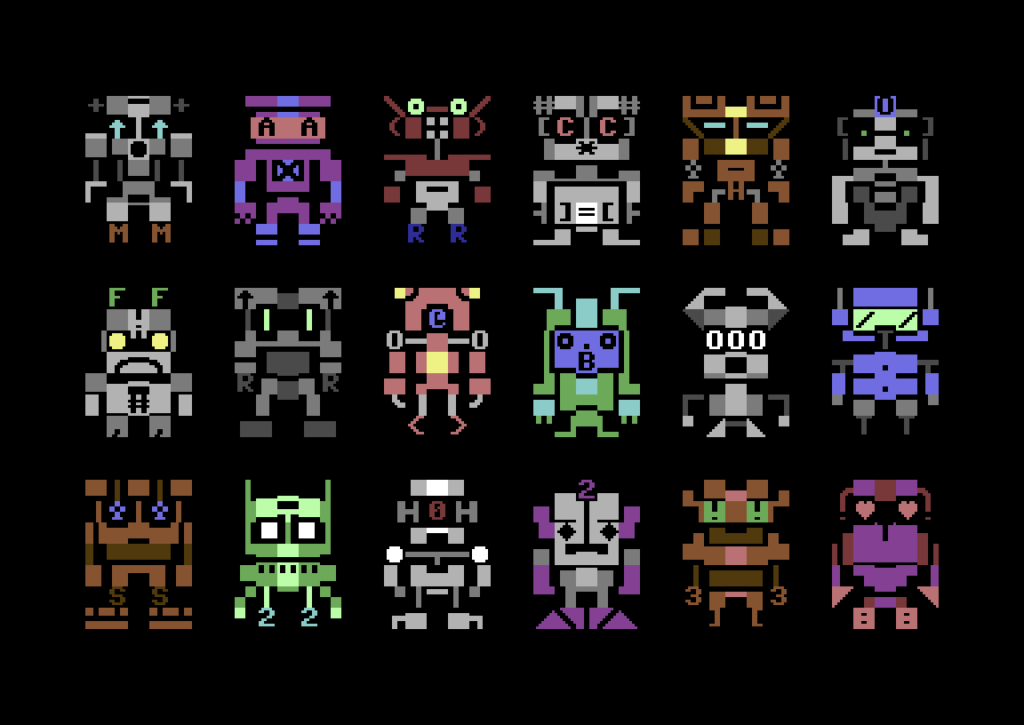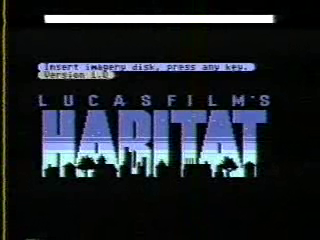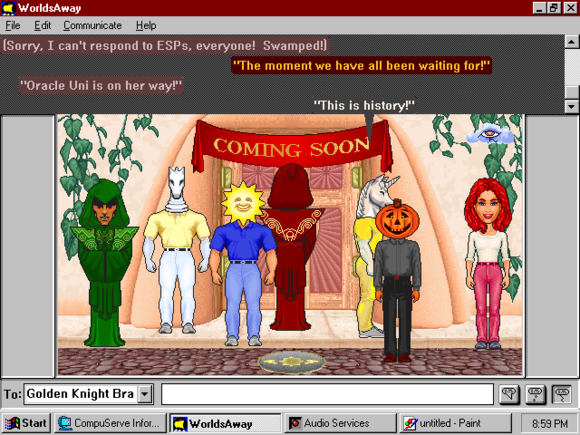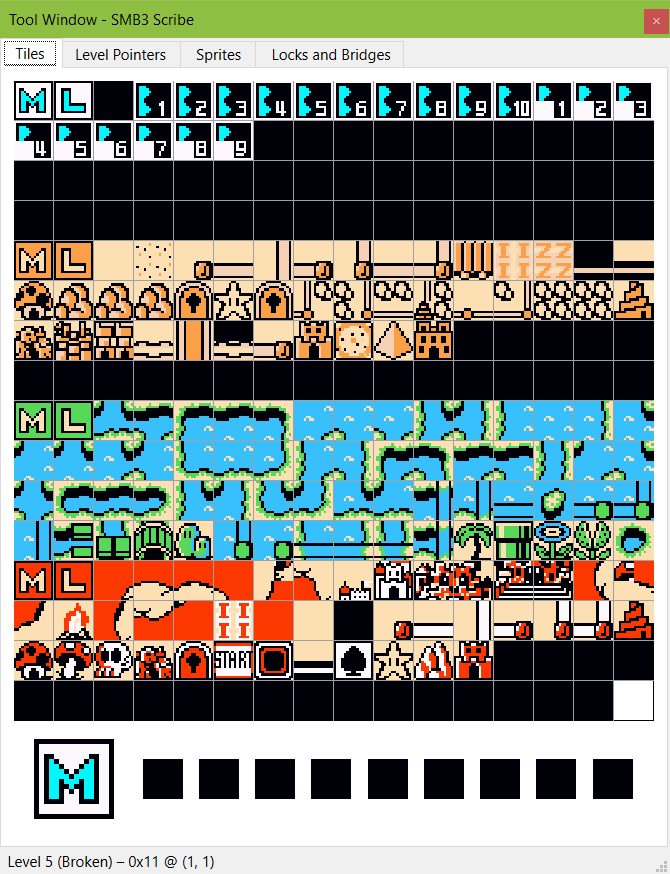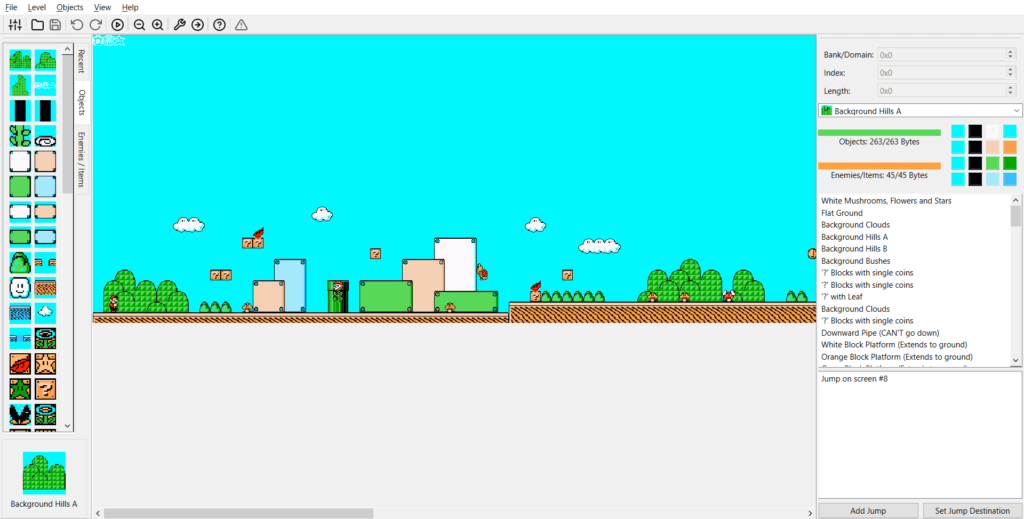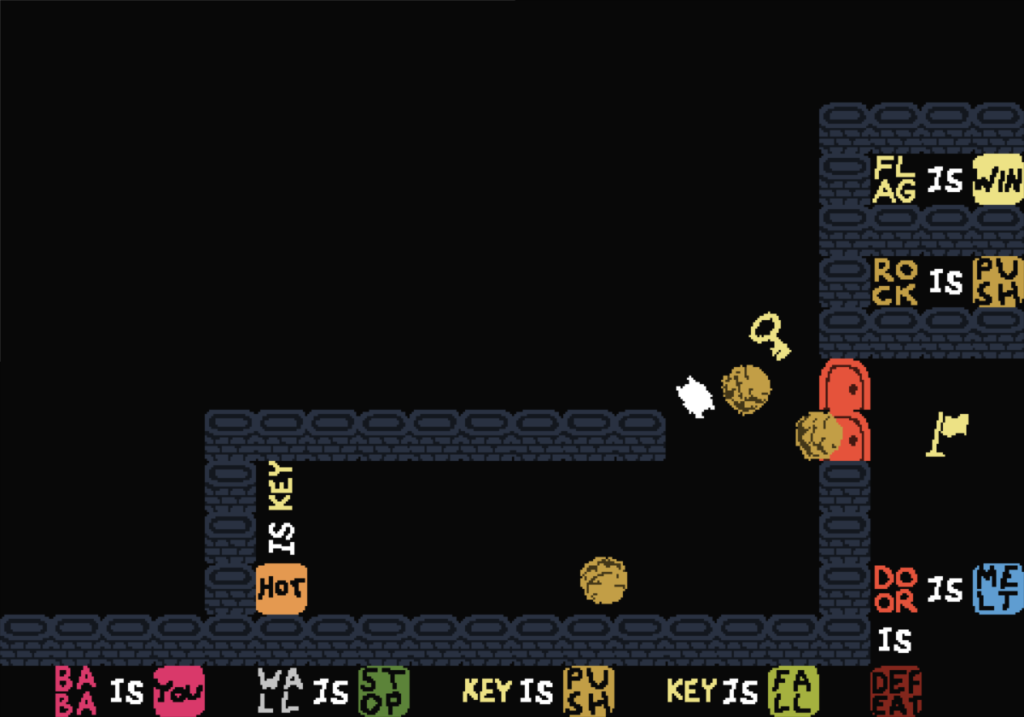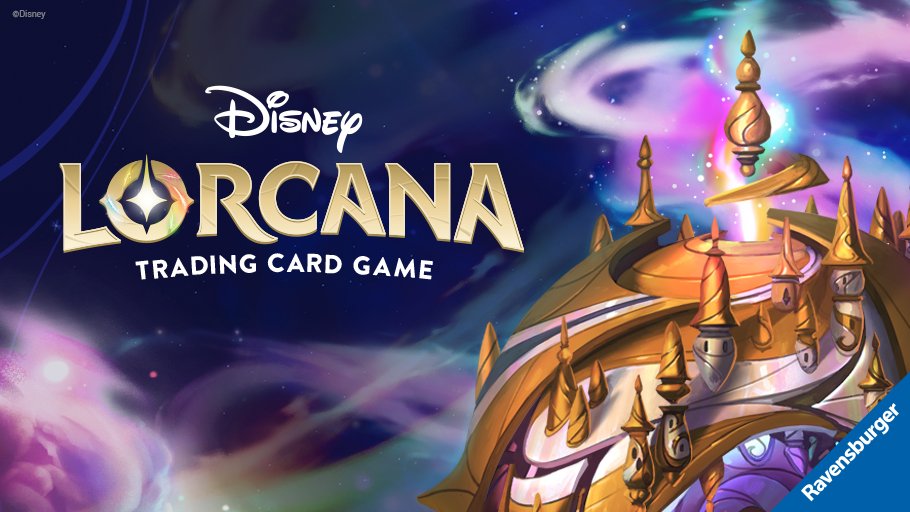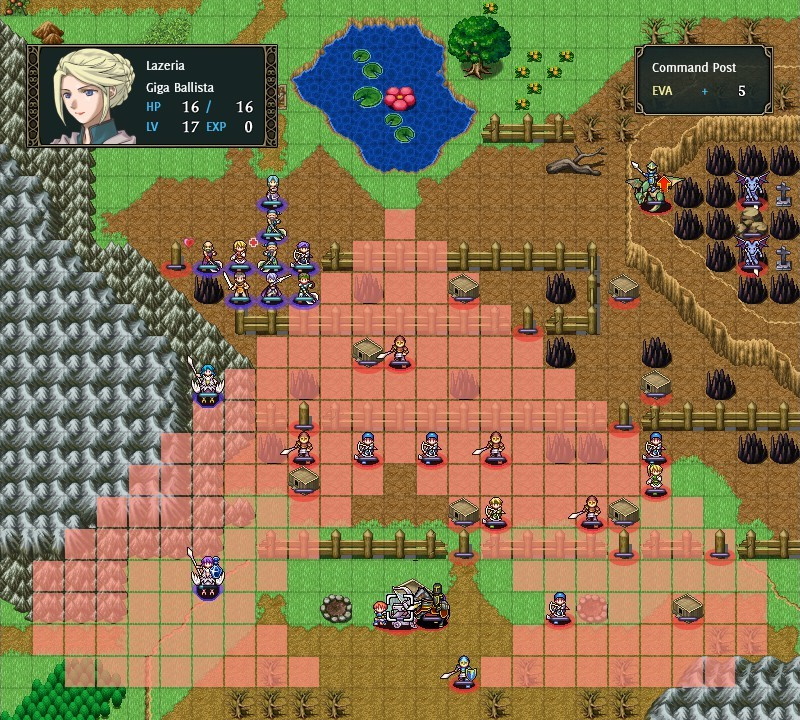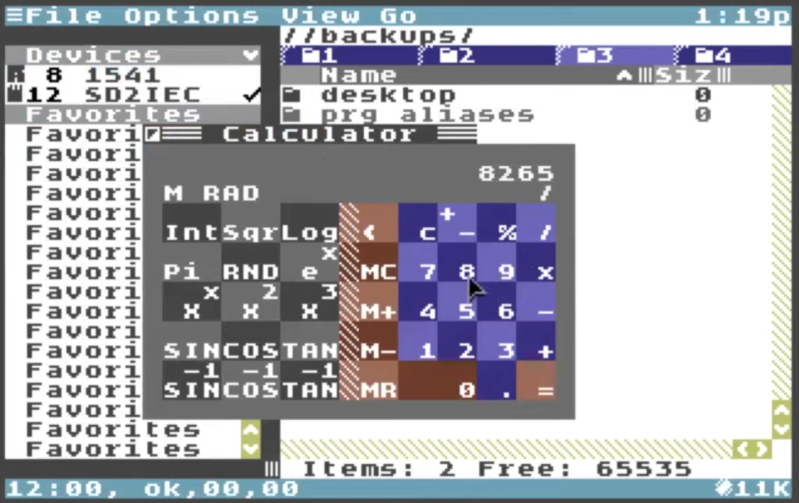Dani Bunten’s classic economic simulation M.U.L.E. is one of the all-time greats, still fairly obscure even among people who know and talk about video and computer games, but hugely influential. Wikipedia tells us that Shigeru Miyamoto considers it an influence on the Pikmin games (although other than in theme I really don’t see it).

There are three current ways to play M.U.L.E. One is Planet M.U.L.E., an official port sponsored by Ozark Softscape, which is several years old, and I was certain I had posted here about before. It’s a proper update with new graphics and a lot of character. A thing about M.U.L.E. is that the original versions were intricately designed in a lot of ways, not just in game rules but the little details. The way the phase ending noise speeds up, the exact difficulty of catching a Wampus, the speeds with which players walk through terrain, the many details of auctions, even the time it takes to outfit a mule and leave/enter town, it’s all finely calculated. You can tell that Dani cared deeply about the game, and it’s a polished as any game I’ve ever seen, and that’s the old 8-bit computer versions. Planet M.U.L.E. isn’t as polished, but it’s still very nice, and you can tell its makers thought hard about it. It offers both local and online play.
Sadly, Planet M.U.L.E. seems to be on life support. While games can still be played, and the automated best player posts still go up on its blog, it’s not gotten an update in years, and it’s even possible they’ve lost the source code.
One legacy of Planet M.U.L.E. is a wonderful Youtube video they made that explains the game and how to play. It’s a great introduction:
M.U.L.E. Returns was a mobile port. It has a website, that’s still around, but apparently none of those versions are available. It’s got a page for a Steam version, but it’s not available despite the original game being released in 2013. The site claims it may come back some day, but it cannot be purchased currently.

Then there’s the new roboanimal on the block, M.U.L.E. Online, which is on itch.io for a very reasonable $5. It has the blessing of Ozark Softscape, and is a near match for the Atari 800 version. You won’t get any improved graphics or sound here, but you will get a game that copies the original very closely, which is perfectly fine in my opinion. It offers local single and multiplayer, as well as internet-based online play. They also promote a board game version of M.U.L.E, which I’ve long wanted to try!
Or there’s emulation. Back in college I played M.U.L.E. with roommates via an Atari 800 emulator burnt to a Dreamcast disk, a great way to play if you have the system, controllers and means to construct the disk because the Dreamcast has four controller ports. (M.U.L.E. is by far at its best when you have four people playing.) The Commdore 64 and IBM PC versions were also made by Dani and the others at Ozark Softscape. The C64 port is close to the Atari 8-bit version. I don’t know about the DOS PC version. I can say that the NES version made by Mindscape is a terrible version, while sadly possibly the most-played because of the great popularity of the NES. If you tried that version and wondered what the fuss is about, you should seek out the Atari 8-bit version and play it before writing off the game entirely.

World Of Mule is a fansite dedicated to M.U.L.E. in all its forms. For its 40th anniversary, they’ve published a long retrospective on the game, its history and the new versions. (That’s where the above image comes from.) It’s a fitting tribute to one of the most influential computer games ever made.
Long ago, on primordial wiki-like site everything2.com, I personally wrote a long examination and play guide to M.U.L.E. While my writing style back then was pretty crazy, I think the information holds up. If you have an interest, you may want to take a look.
Planet Mule ($0, Windows, Mac and Linux)
M.U.L.E. Returns (versions currently unavailable)
M.U.L.E. Online (itch.io, Windows, Mac and Linux, $5)
World of M.U.L.E. (carpeludum.com)
M.U.L.E. The Board Game (boardgamegeek item page)




